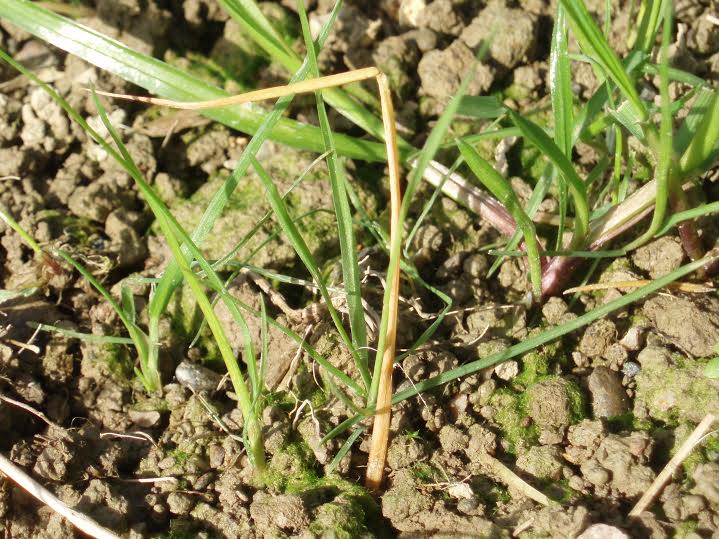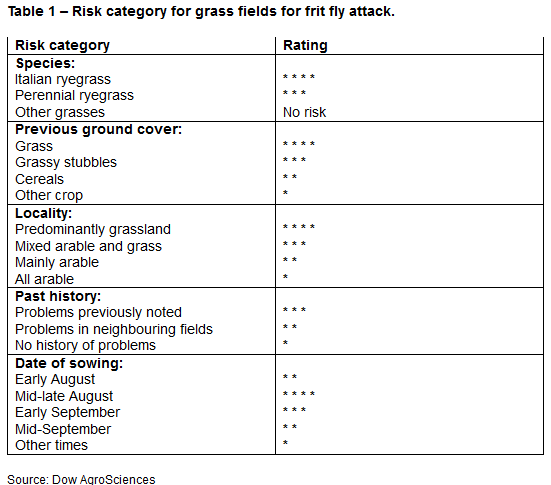
Farmers looking to reseed grass fields this autumn should consider ploughing now to give a six-week break, to eliminate any threat from frit fly this autumn says Rod Bonshor, general manager of Oliver Seeds.
"The generation of frit fly that emerge in late August/early September is the most damaging, with the larvae tunneling into the centre of ryegrass plants causing dead-hearts and plant death," explains Mr. Bonshor.
"The ban this year on the use of Dursban WG, the only insecticide available against frit fly, means farmers now have to seek cultural methods of control, particularly in areas of high risk.

"The best way to do this is to plough the old sward now and sow a summer catch crop.
"This will be ready in six to eight weeks, which can then be grazed until it is time to drill the new grass in late August or early September.
"Stubble turnips, forage rape or Winfred – a cross between stubble turnip and kale – are all fast to establish and provide excellent summer feed for lambs or youngstock."
Winfred has high seedling vigour and is reliable. A high leaf-to-stem ratio and good disease resistance give it good palatability, and resistance to bolting means it offers high quality grazing throughout the summer.
"There is nothing worse for farmers to see grass seed germinate across the field, then to see it disappear before their eyes because of frit fly," says Mr. Bonshor.
"To stop this happening, they need to take action – get a useful catch crop in now and produce good summer feed, while giving the field the break it needs before going back into grass."
